If you’re designing a website with fairly little content, consider designing it as a single page website. That might seem counterintuitive on a lot of levels, but it might be the best choice. Is your page very simple?
Is there a limited budget or time for maintenance? Designing a single page website reduces the bandwidth requirements and is overall much easier to maintain. It can make the project much more user friendly.
So how do you make a good single page website? How do you make sure everything you need is contained in a single, readable, user-friendly webpage? It’s a lot simpler than you might think. Here are some tips and tricks to help you create a single page website.
What Benefits Are There to a Single Page Website?
A single page site is very intuitive for visitors to use. After all, all it takes to use it is scrolling downward and maybe clicking a few buttons. There’s less need for navigational menus or clues.
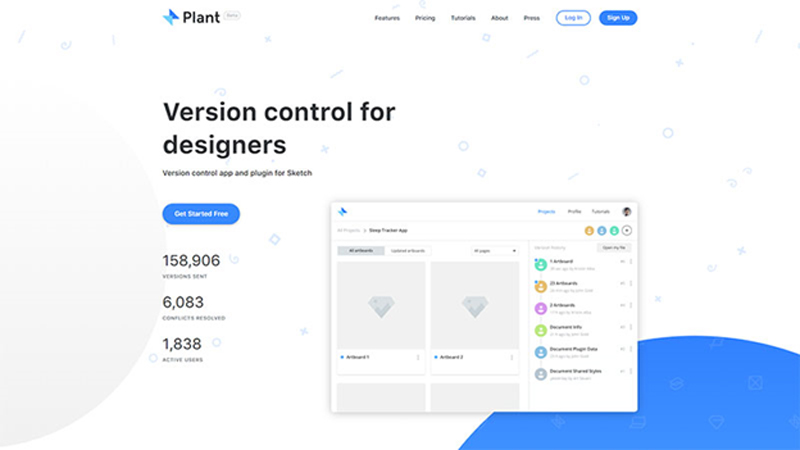
There’s no need to worry about confusing users or miring them in confusing navigation menus. You can opt to include links at the top allowing visitors to jump to different sections of the page, but that’s very easy to pull off compared to a real navigational menu.
A single page website is also going to be much easier to code and maintain well provided the original coding was done well. After all, you only have to code the one page, which won’t have any navigation menus to create or internal links to check.
The layout should be fairly simple. You do have to make sure that all the sections work seamlessly together, as any issues will be spotlighted, but that’s much easier to do than make sure multiple pages work together correctly. This will result in a much more streamlined maintenance and update process, as well.
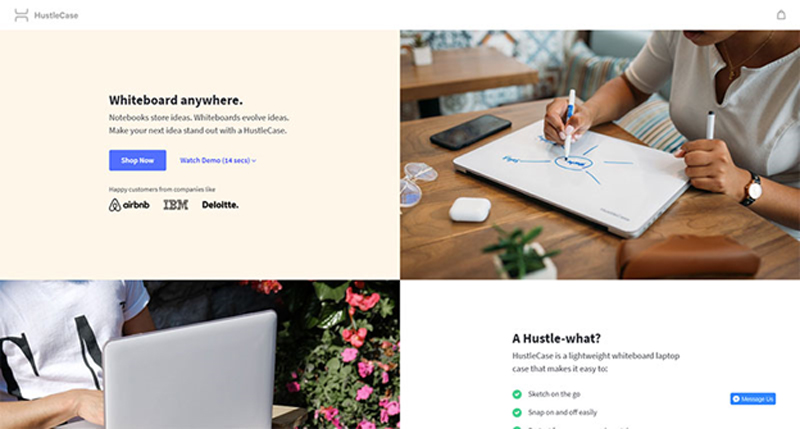
The overall design process is much easier with a single page website. The simplicity of having a single page forces you to simplify your content. Everything is boiled down to its core components. You aren’t going to find yourself swimming in pages of marketing copy.
Every issue with readability and usability is also highlighted, so you have to make sure they are done well. Your text, your images, everything will have to get right to the point. There’s no room for overthinking.
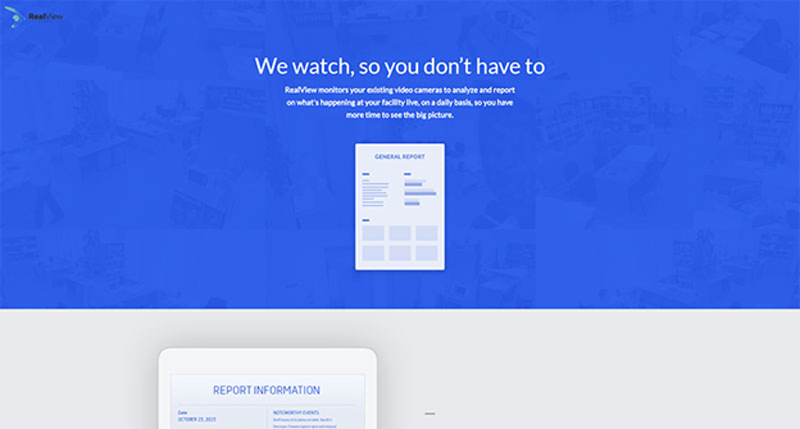
Make sure you use the proper fonts for your content. There’s no room for mistakes. Use the proper ones for your headlines, and also have the content text easy to read.
You’ll also find that it’s much better to have one page for Search Engine Optimization. Search Engines make their rankings based on quality inbound links. With one page, all links are only to that page, and it increases the important of your single page website.
Tips and Tricks for Designing a Single Page Website
Control the Information Flow
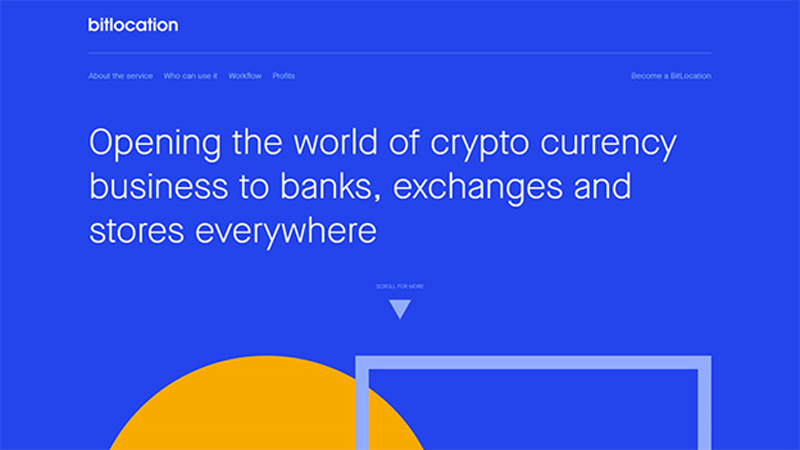
It’s important to make sure you direct visitors well through the info on your single page website. With one page, a confusing jumble is very bad. You need to make it clear what your one-page website design’s purpose is.
Make sure the design has a logical layout. Originality, simplicity, and creativity don’t mean you throw out logical web design. Divide info into sections that make sense, especially if you want to include links that direct to those sections.
Have other people test the site out without directing them through it. See if they can understand your message on their own based solely what is on the site.
Take Visitors on a Journey
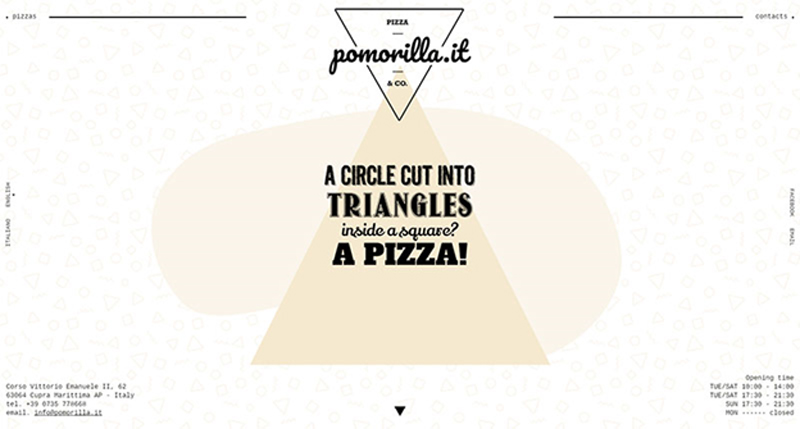
http://www.pomorilla.it/index_en.html
One-page sites can be aesthetically complex. You can make scrolling through the page more an interactive experience rather than a passive experience like multi-page websites.
Site visitors scroll through the content deliberately. Take advantage of this to make the site more creative, original, and appealing. You can add some directing movement to the page by having images or text that slides in after a visitor scrolls to a set point.
Design for Mobile
One-page websites are great for mobile optimized websites. They’re much easier to use and load much faster than more complex sites.
A well designed single page website has relevant information right up front and easy to find, making it ideal for viewing on the go.
Make sure you think about designing the site to be easily viewed on mobile to make the most of its mobile friendliness.
Make It Simple
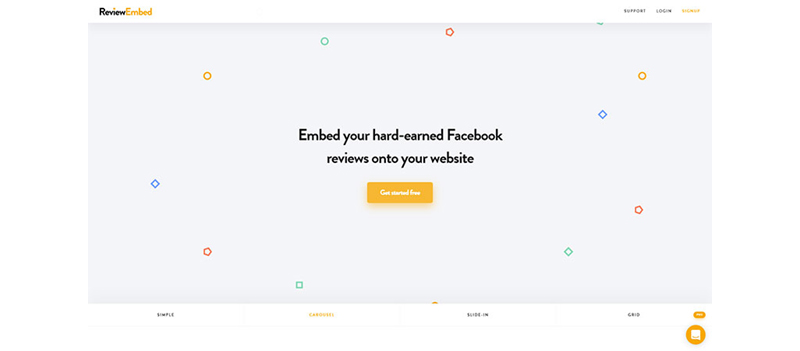
Remember, as many cool features as you can add to make a single page website fun and interactive, you should still stick with ‘less is more’. Focus everything tightly around your message.
Text should get to the point, staying at the correct reading level for your target audience. Make sure visitors can find the info they’re looking for right away.
Think about and research what that information is so you can keep everything compact and on point. Contact info should especially be easy to find. Every piece of content should count.
Multimedia is Worth a Thousand Words

https://www.ge.com/digitalvolcano/
Most people are visual learners. Break up your text with images and video. Make sure all the photos you use are high quality. Since you have only one page to work with, all the pixel real estate counts.
Use striking, relevant images that reflect your message. Always make sure any stock photos you use are royalty free and that credit is given according to the source’s guidelines.
Good use of images will make your single page site more appealing and help you reach your goals for the site more easily.
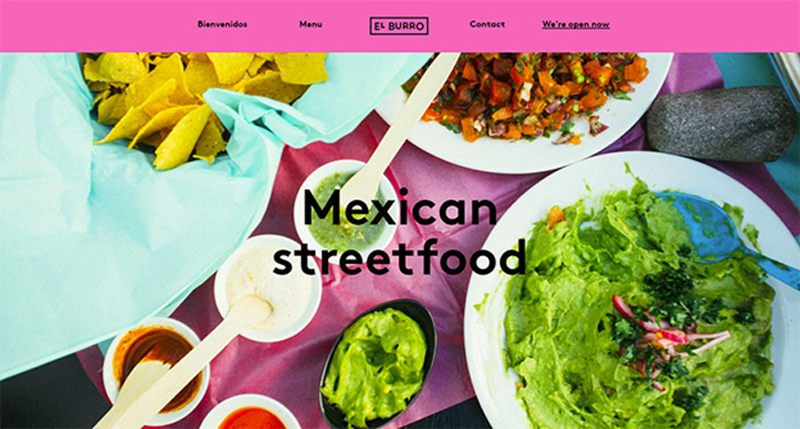
Consider having a slideshow of photos. This is a great way to simply display several images in the same space. Whether your site is for a product, information, or an organization, this can work very well to show off what you’re all about.
If you want to include video, make sure it is embedded correctly. You don’t want users to click ‘play’ and find the video does not work right. Sites that have good videos will draw visitors in for longer, increasing the chances they will follow the site’s call to action.
Conclusion
A single page website can be a great choice for your site design.
While it might seem like a limiting choice, it can be a really useful one if it communicates your goals better if it’s designed well. Consider the benefits and issues to see if it will work for you.

